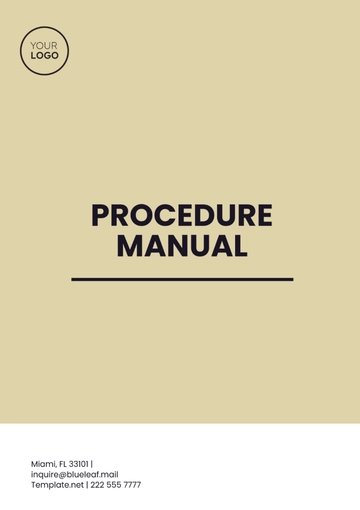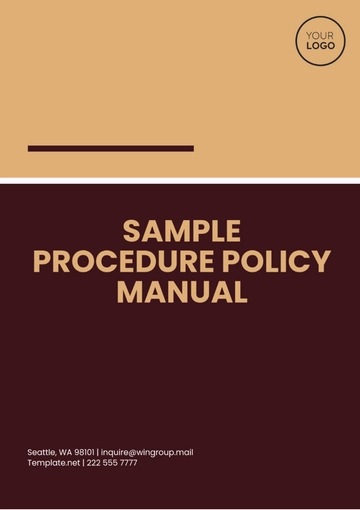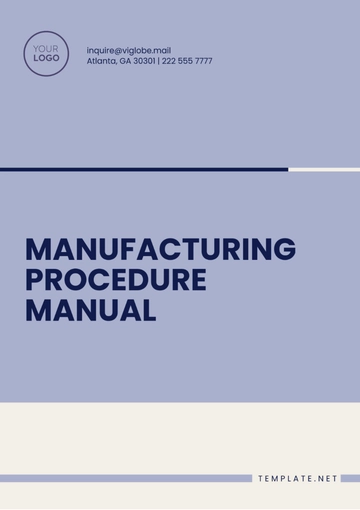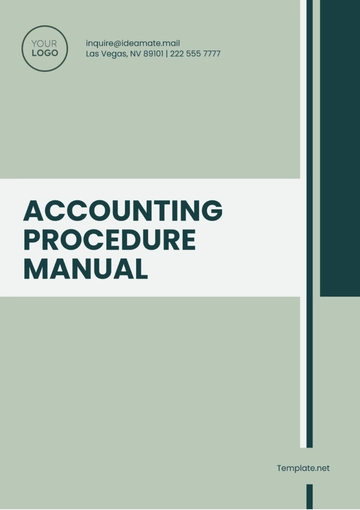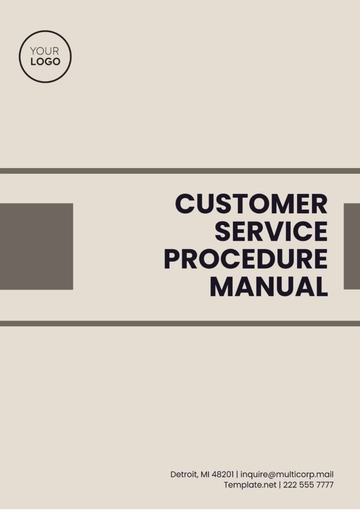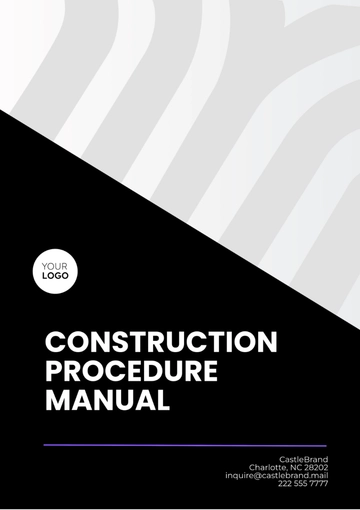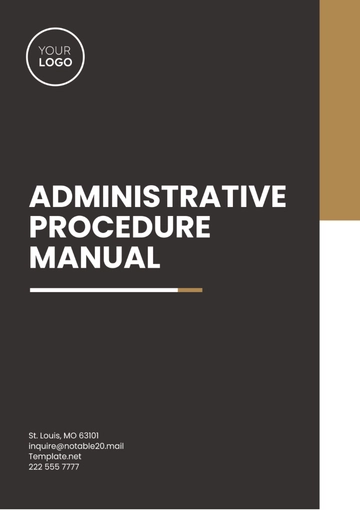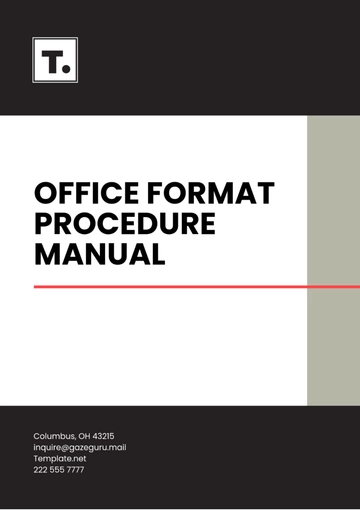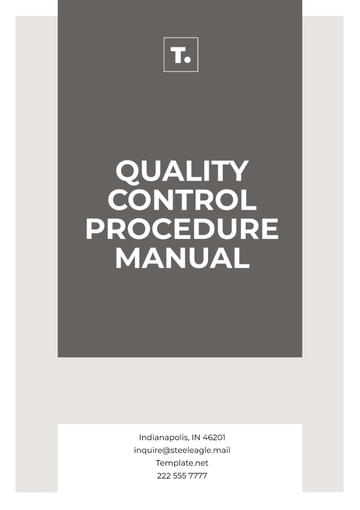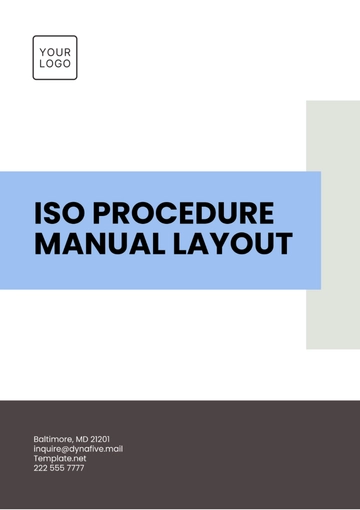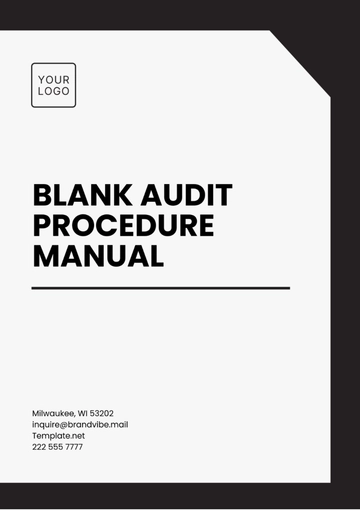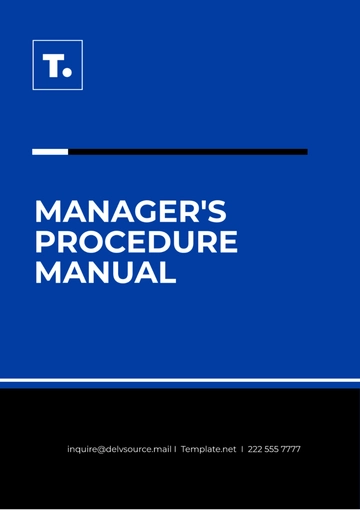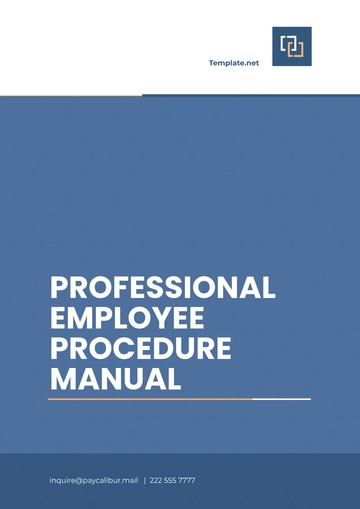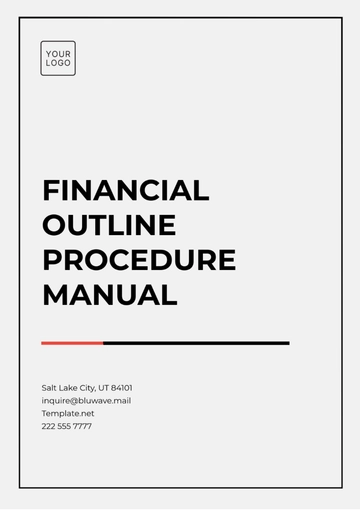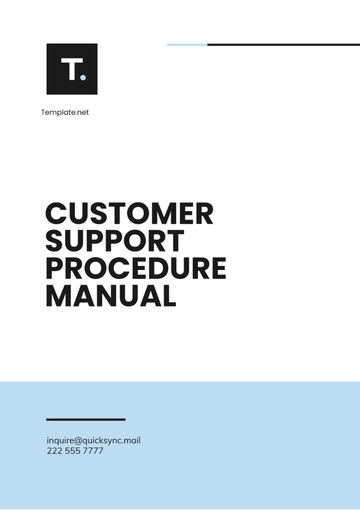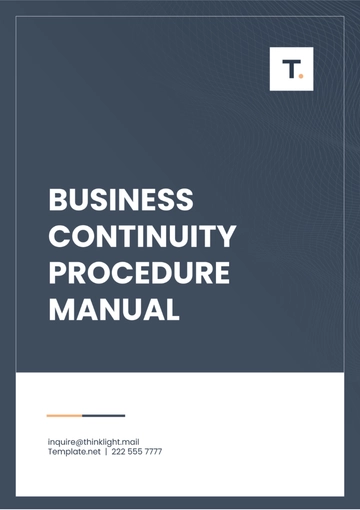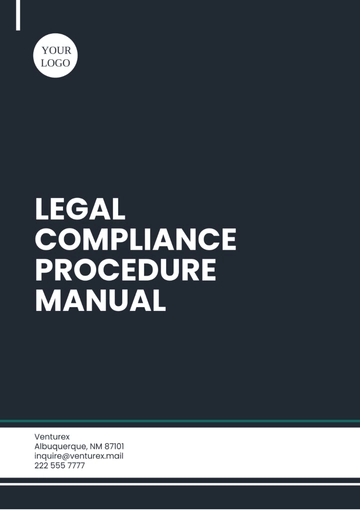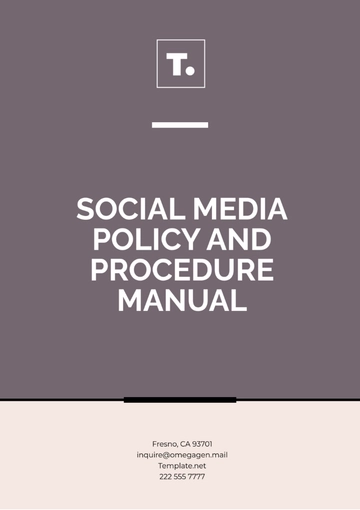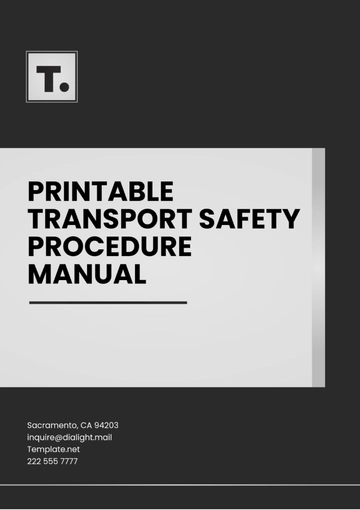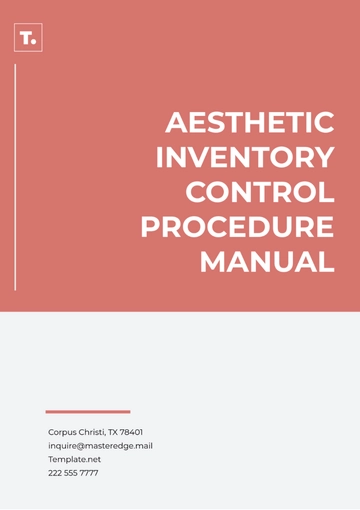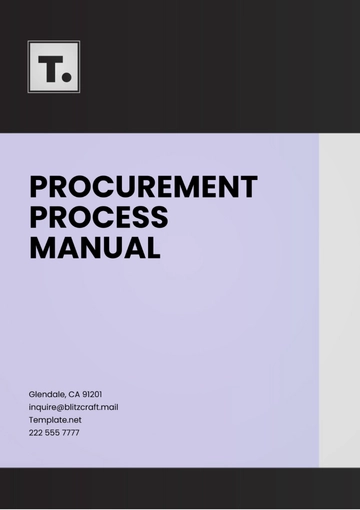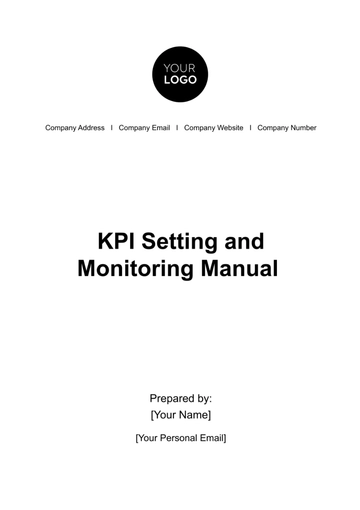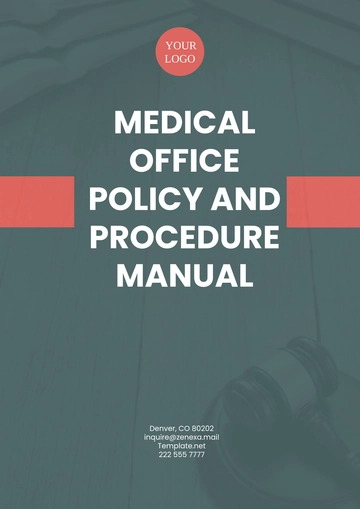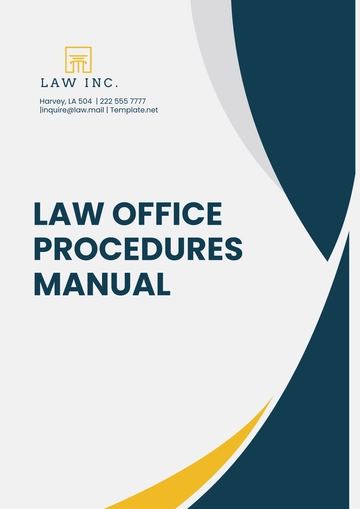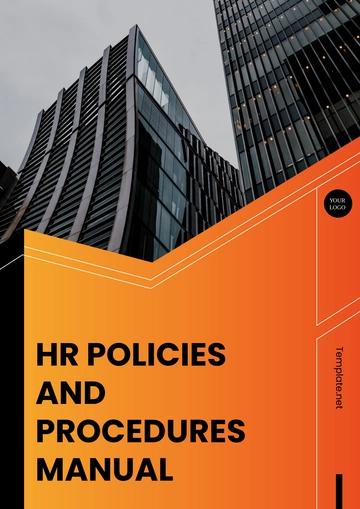Manufacturing Procedure Manual
Prepared by: [Your Name]
Date: January 1, 2060
I. Introduction
The purpose of this manual is to provide a comprehensive guide to the manufacturing procedures used in our facility. The scope covers all production activities and aims to ensure consistent quality, safety, and efficiency. The objectives include minimizing errors, enhancing productivity, and maintaining compliance with industry standards.
II. Definitions and Terminology
Workstation: A designated area in the production line where specific tasks or operations are performed, equipped with the necessary tools, materials, and machinery required for the process.
Bill of Materials (BOM): A comprehensive list detailing all raw materials, components, subassemblies, and other items needed to manufacture a product, serving as the foundation for inventory management, procurement, and production planning.
III. Roles and Responsibilities
Production Supervisor: Oversees the manufacturing process, ensures adherence to procedures, meets production goals, and resolves operational issues.
IV. Step-by-Step Procedures
Task 1: Material Preparation |
|---|
Check the Bill of Materials against inventory. Prepare materials as per specifications. Transport materials to the designated workstation.
|
Task 2: Assembly |
|---|
Review technical drawings and guidelines. Assemble components following the specified order. Perform initial quality checks on assembled units.
|
V. Safety Guidelines
Wear Personal Protective Equipment (PPE): Always wear the required PPE, such as gloves, goggles, helmets, and other safety gear, to protect yourself from potential hazards during operations.
Report Unsafe Conditions: Immediately report any unsafe conditions, accidents, or equipment malfunctions to the supervisor or safety officer to ensure quick resolution and maintain a safe working environment.
VI. Equipment and Tools
Drill Press: A machine used for precise drilling operations, capable of creating accurate holes in various materials such as metal, wood, or plastic.
Toolbox with Assorted Hand Tools: A collection of essential hand tools such as wrenches, pliers, screwdrivers, and hammers, used for assembly, maintenance, and repairs during production.
VII. Quality Control Standards
All manufactured products must undergo the following quality control tests to ensure they meet the required standards:
Any deviations from the standards must be documented, analyzed, and promptly reported to the Quality Control team for corrective actions.
VIII. Troubleshooting
Issue: Poor Weld Quality | Issue: Conveyor Belt Malfunction |
|---|
Ensure correct calibration of the welding machine. Check for any contamination on materials. Verify the weld settings align with material specifications.
| Inspect belts for any visible damage or obstruction. Confirm motor functionality and power supply. Reset the system to clear minor electronic glitches.
|
IX. References
ISO 9001:2015 Quality Management Systems - Requirements
OSHA Guidelines for Manufacturing Safety
Industry-specific technical manuals
Manual Templates @ Template.net

